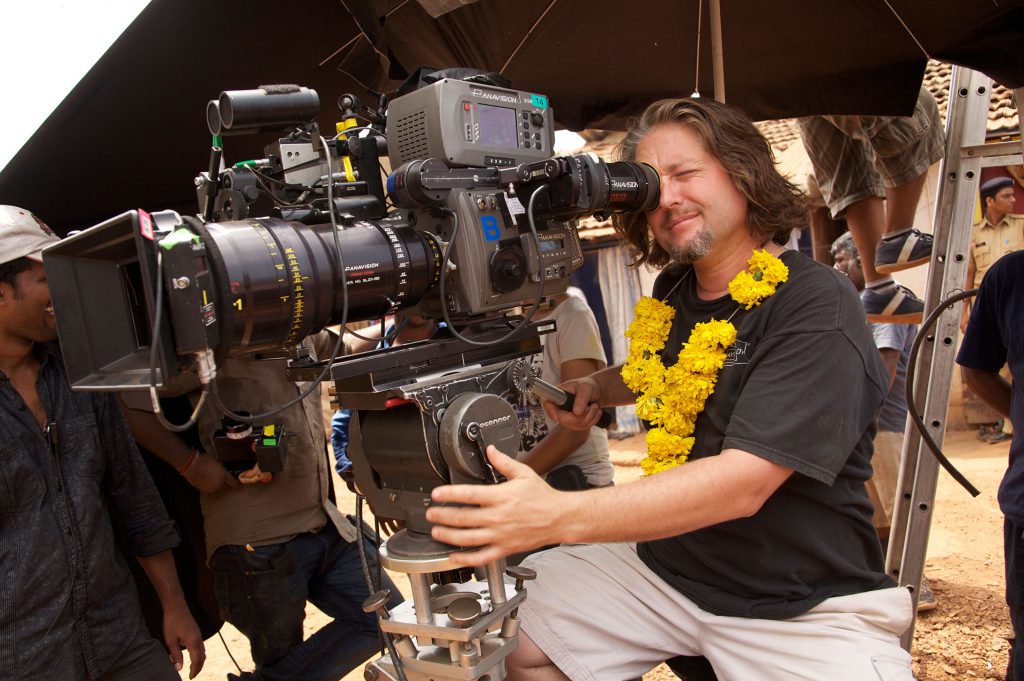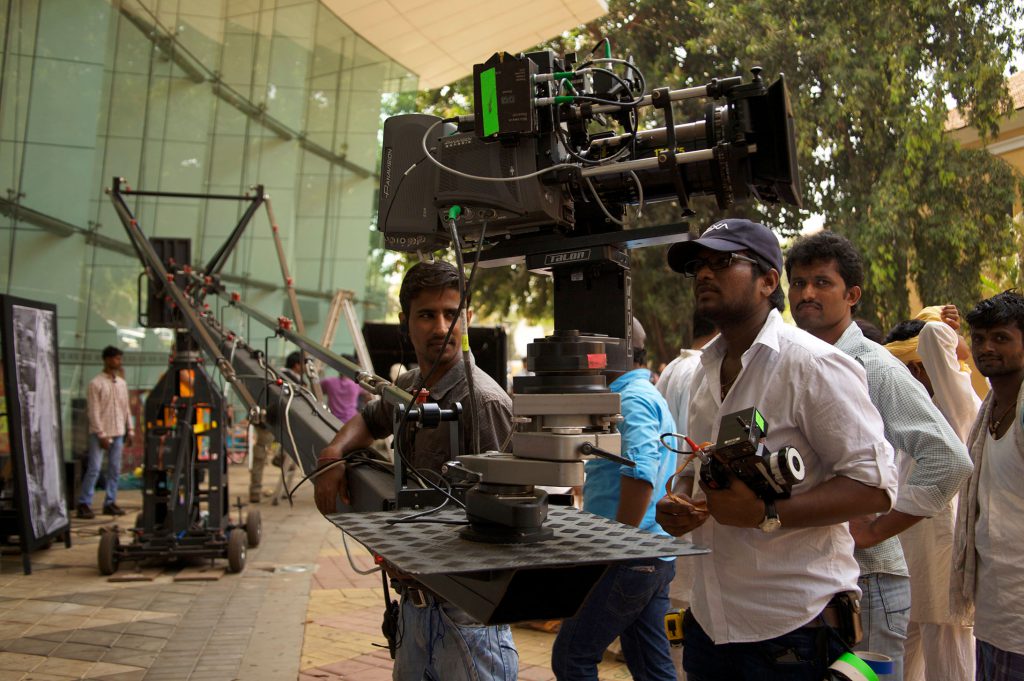A Producer’s Survival Guide to India - Part 1: Visas
India is an astounding, ever-changing, chaotic melting pot of ideas, religions, landscapes and history that contribute to its mind-boggling diversity. Perhaps this is why so many creative minds have been attracted to the sub-continent over the years? It’s impossible to run out of inspiration. This five-part series will arm you with information, tips and advice to help get you started.
 It’s important to note that if you are travelling to India to shoot content, you cannot apply for a visa until you have permission for your shoot from the Indian government. If you are travelling for a scout/recce or pre-production meetings, then you can travel on a Business Visa or Journalist-Visa (J-Visa) without first applying for permission.
It’s important to note that if you are travelling to India to shoot content, you cannot apply for a visa until you have permission for your shoot from the Indian government. If you are travelling for a scout/recce or pre-production meetings, then you can travel on a Business Visa or Journalist-Visa (J-Visa) without first applying for permission.
In most countries, Visa applications have been outsourced to companies that handle the paperwork such as VFS Global and Cox & Kings. For country specific advice regarding fees, processing times and procedure, please check the visa section on the embassy or high commission web site in your home country.
It is also worth noting that visa expediting companies don’t often have the required experience to handle film permission applications and can often really screw things up. If you intend to use such a company, always cross reference their advice with your local advisor in India.
Visas for Feature Films, Scripted Drama and Reality TV
An application should be filed directly with the Film Facilitation Office (FFO) in Delhi. The FFO will push your application through the Ministry of Information & Broadcasting and have your cast and crew cleared by the Ministry of Home Affairs. This process takes 21 working days, meaning Monday to Friday (excluding public holidays). Major Indian festivals such as Diwali in October/November, have quite a few holidays associated with them so you should allow extra time if your application clashes with one.
 You will need to provide a Demand Draft for USD225, four copies of the script and synopsis, passport details and three passport copies for all the cast and crew travelling to India, a schedule showing all your locations and a list of all the equipment that you require a customs exemption letter for. To avoid delays you should ensure that nothing is missing from your application.
You will need to provide a Demand Draft for USD225, four copies of the script and synopsis, passport details and three passport copies for all the cast and crew travelling to India, a schedule showing all your locations and a list of all the equipment that you require a customs exemption letter for. To avoid delays you should ensure that nothing is missing from your application.
If your locations include any restricted areas such as Jammu and Kashmir, Sikkim and many of the far North Eastern states then you should allow a lot of extra time for your application. It’s better to avoid restricted areas all together unless absolutely unavoidable.
If you are shooting a feature film, scripted drama or reality TV show then you should apply for a Film Visa (F-Visa). You should include the permission letter from the Ministry of Information & Broadcasting that was sent by the Film Facilitation Office following your application. You will also need to send a letter from your production company and a letter of invitation from your local production service company or Fixer in India. Every individual application for each cast and crew member will need a copy of all these letters attached.
Once you have filed your application by email, and couriered original signed documents, you should follow up with a phone call and even try to arrange a face-to-face meeting. This will ensure that your application is not overlooked.
 Visas for Documentaries, TV Commercials and Corporate Videos
Visas for Documentaries, TV Commercials and Corporate Videos
If you are shooting a documentary, TV commercial or corporate video then you should apply for a J-Visa and follow the same procedure. There is usually a Secretary in the Press and Information wing responsible for handling ‘Documentary Shooting’ applications. If your production doesn’t include any contentious content the embassy can clear your application relatively quickly in approximately 10 to 28 days.
India is ‘old school’ when it comes to etiquette so if you meet the responsible Secretary, please be respectful and address them as Sir or Madam and wait to be seated. It is also customary in India to offer a business card while holding it with both hands, presenting the information the right way around for the recipient to read it. If one is offered in return, you should say thank you, receive it with both hands and you should take a couple of seconds to read it before putting it in your pocket.
As the head of Goa Film Services, Tony Cordeaux has years of experience navigating India's production and locations industry. For more information about filming in India, you can contact Tony here.
Related Posts
- Filming locations and logistics in India
- A Producer’s Survival Guide to India – Part 2: Customs and Insurance
- A Producer’s Survival Guide to India – Part 4: Budgeting
- A Producer’s Survival Guide to India – Part 5: Local Crew and Equipment
- A Producer’s Survival Guide to India – Part 3: Travel
- India’s new film visa could have major implications for the local production industry
- India filming locations: Scouting off the beaten track
- On location with Karina Moreton, Managing Director of Panoramic Fixers
Related posts:
Comments
Not Logged in
You must be logged in to post a comment
There are no comments